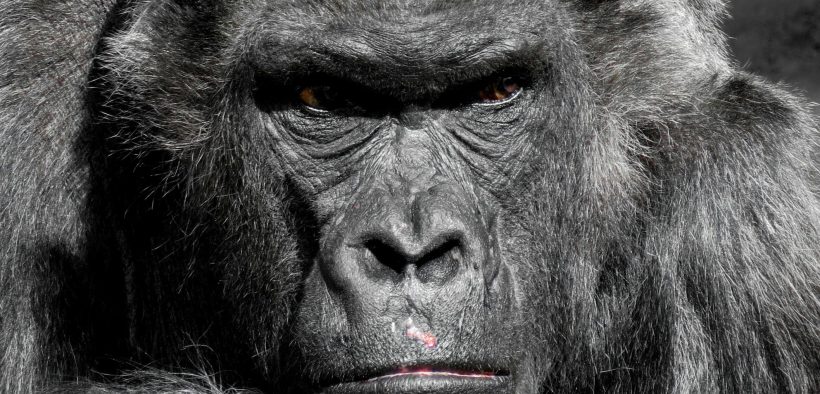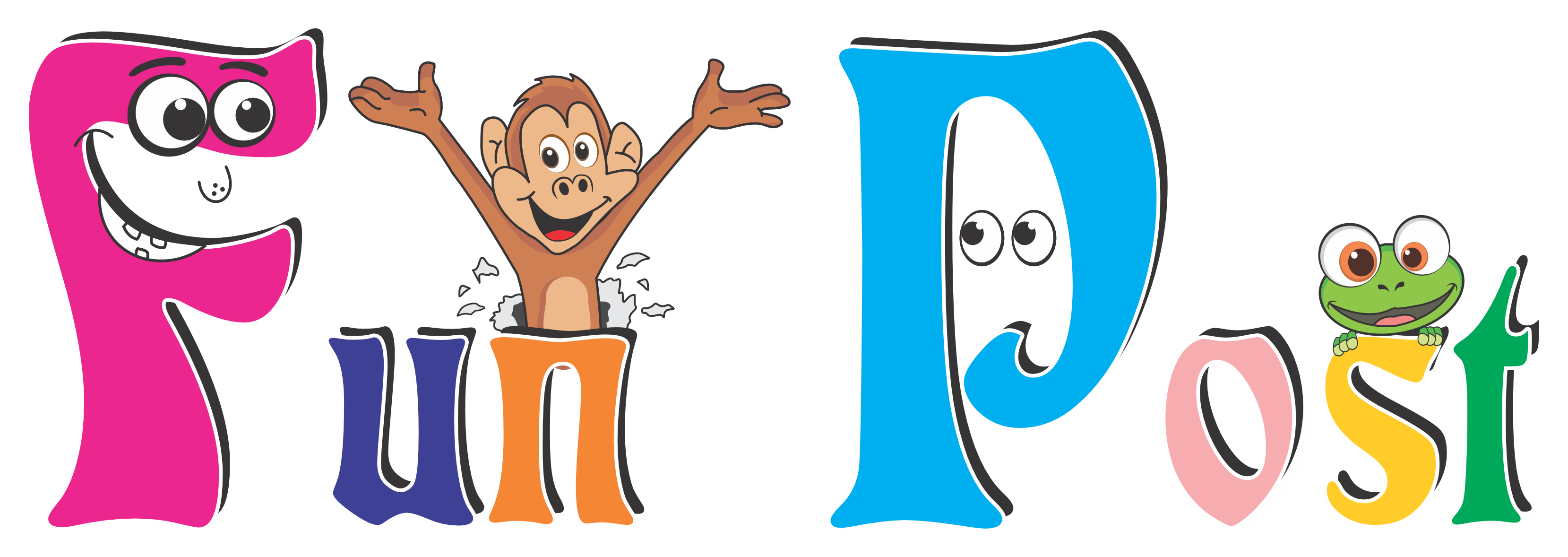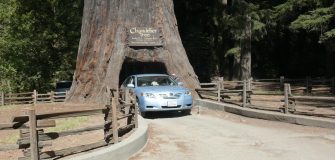Gorilla Nose Prints: Nature’s Unique ID
Share

The pattern of wrinkles on a gorilla’s nose is as unique as a human fingerprint, and it’s called a ‘nose print.’ This distinctive feature allows conservationists to identify individual gorillas in the wild. Researchers can keep track of gorillas without disturbing them by carefully studying and recording these nose prints through photographs and sketches.

This method of identification is especially important in monitoring populations of endangered gorilla species, such as the mountain gorillas of Central Africa. Unlike tagging or other invasive methods, using nose prints is completely non-intrusive and relies on keen observation. Photographs of gorillas’ faces, often taken during field studies or routine monitoring, are compared with existing records to determine which individual is being observed.
Conservation workers and researchers use these records to gather crucial information, such as population size, family groupings, movement patterns, and health conditions. This data plays a vital role in conservation efforts, helping to protect gorillas from threats like habitat loss, poaching, and disease.
In many ways, the unique nose print of each gorilla symbolizes their individuality and importance within their ecosystem, reminding us that every single one matters in the fight to preserve these incredible animals for future generations.








